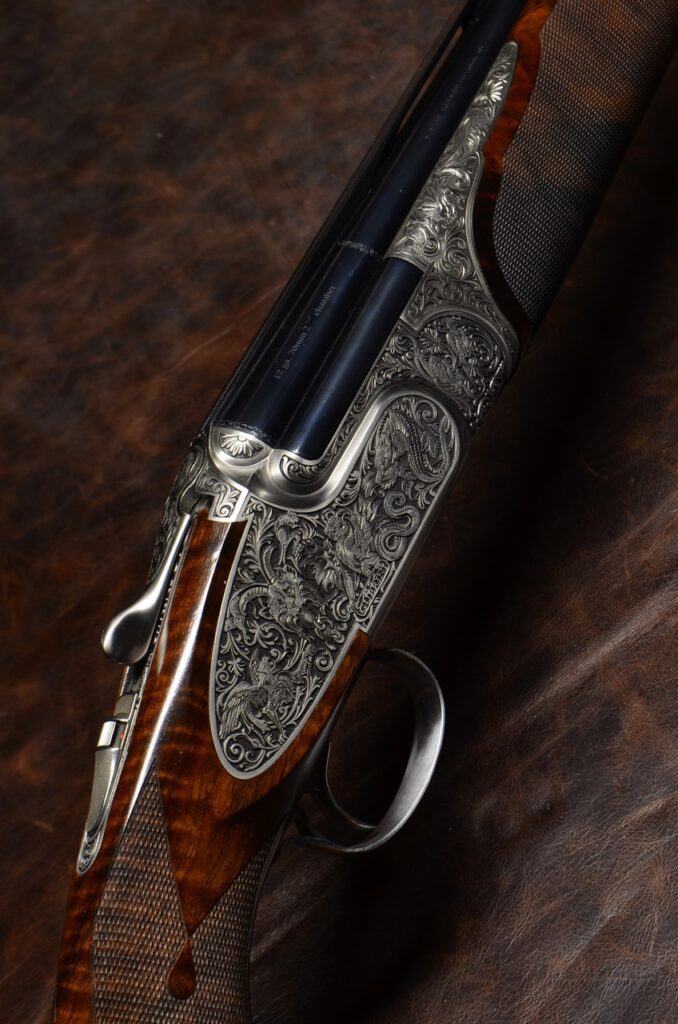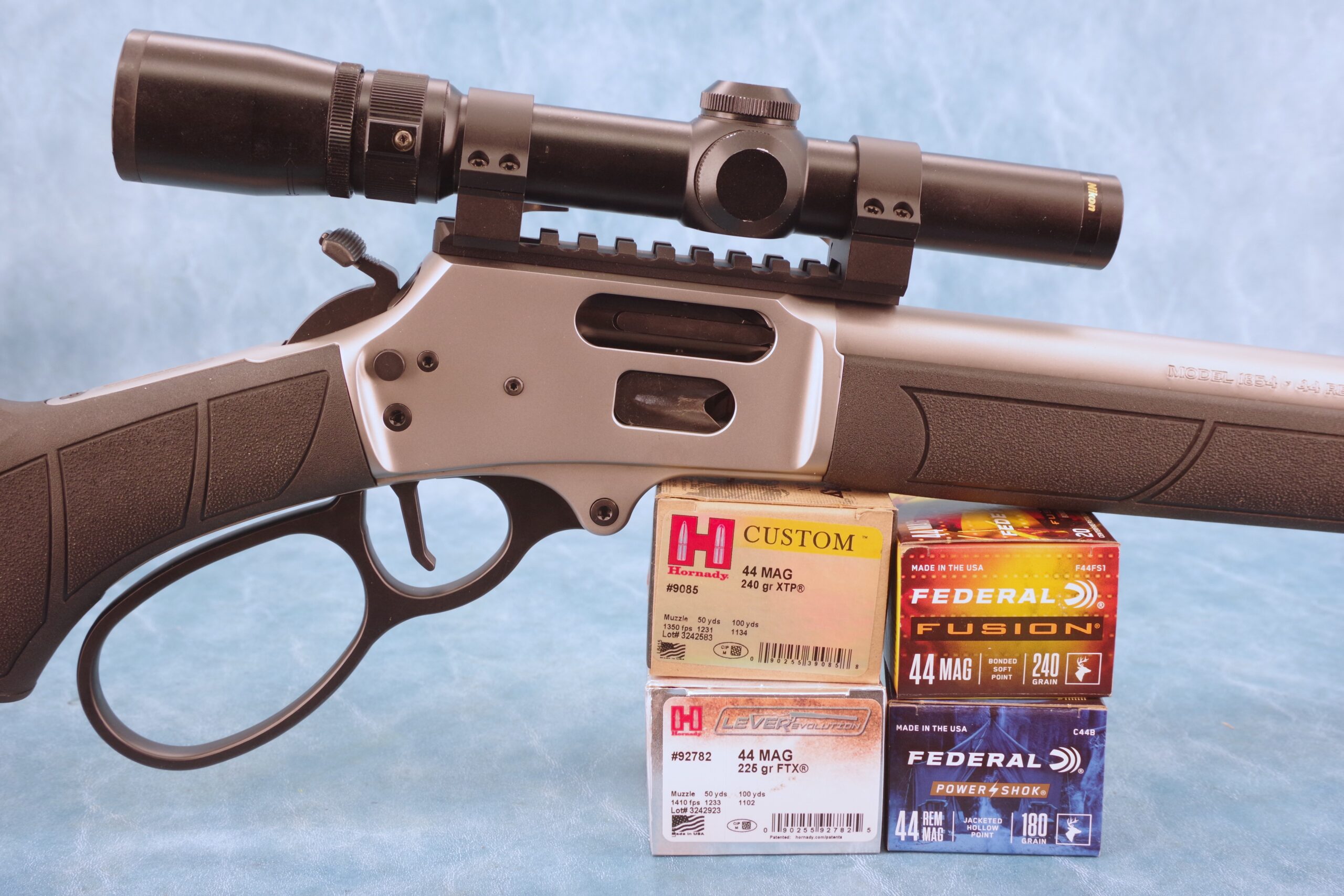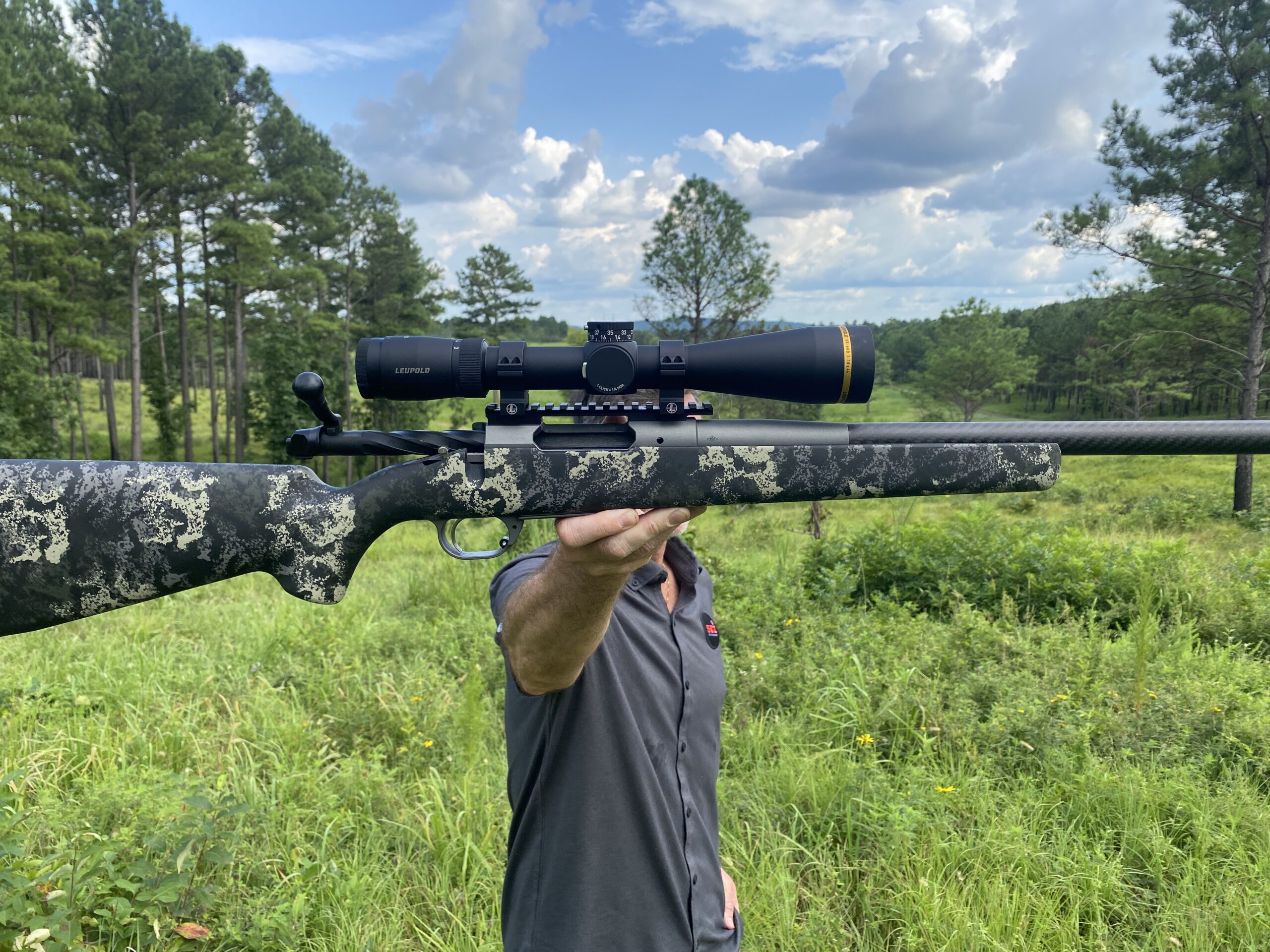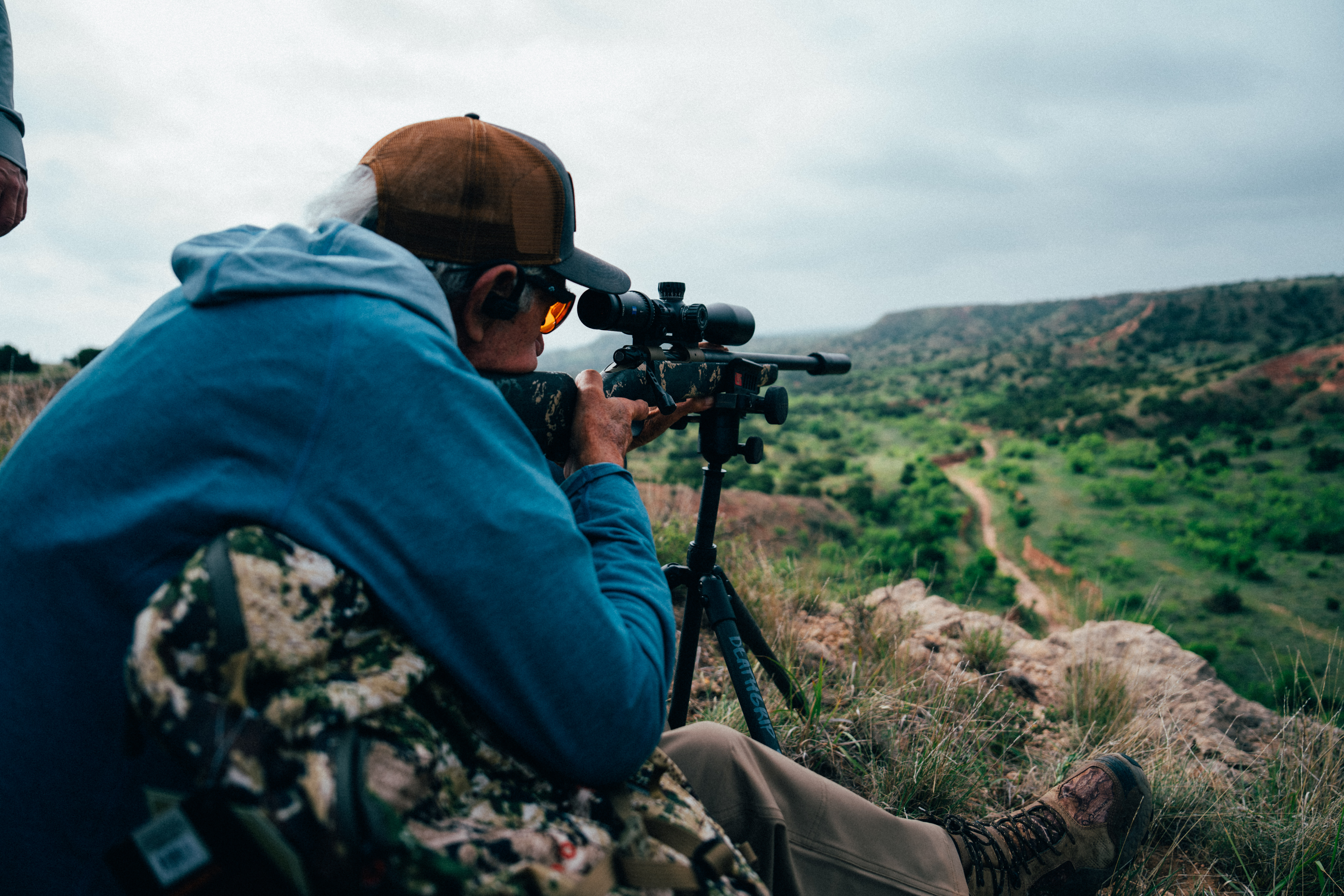By Terry Wieland
Originally published in the September 2024 edition of Safari Times.
It has been 115 years since John Robertson, owner of Boss & Co. and its chief gunmaker, designer and visionary, introduced his revolutionary over/under and changed the shotgun world forever.
The Boss over/under not only made a very old concept—one barrel atop another—actually practical with self-contained cartridges, but it also set a standard for beauty, ease and reliability of operation that persists to this day. I say it persists because no design in the intervening century-plus has improved on the Boss in any meaningful way.
The English Woodward was introduced four years after the Boss (and on the eve of the devastation of the Great War) and has been its only real competitor in both senses. It’s notable that the Woodward lives on, if not by name, as the Purdey over/under. (Purdey bought out James Woodward and Sons in 1949 primarily to get its hands on the Woodward design.)
During that time, notable introductions occurred: the Browning Superposed in 1922, the Merkel and its Blitz action and the Perazzi in 1968. Admired as the Superposed is, it is unnecessarily complicated and not particularly attractive. It made its reputation as much for the quality of the FN workmanship—consistently excellent—as for any intrinsic merit.
The Merkel, while not horribly ugly in smaller gauges, in a 12, looks like something out of the Brothers Grimm. In my experience, it functions very well and to my horror, I can usually hit what I’m shooting at, which has not always been true of any number of other more attractive shotguns.
The Perazzi has its merits and legions of admirers, but it’s primarily a competition gun. Sure, you can get a Perazzi game gun, usually on special and very expensive order, but that was never its primary purpose, unlike both the Boss and Woodward. The Perazzi, however, marks the great divide, historically, between over/unders intended for hunting and those used for trap, skeet and, later, sporting clays. Gun for gun, over/unders are heavier than comparable side-by-sides, usually by about a pound and, for this reason, lend themselves more to clay birds than feathered ones. You shoot a lot of rounds at clays, and the weight helps dampen the recoil.
A lot of rounds also mean a lot of wear on some parts of the gun, and one of the goals of over/under development has been to either reduce this wear or provide a method of dealing with it. This brings me to Caesar Guerini’s latest: the admirable Invictus.
At first glance, the Invictus does not look radically different than, say, a Perazzi or a recent Browning, although the price tag, starting around $22,000, might suggest there is more here than meets the eye. As, indeed, there is.
The Invictus incorporates three notable innovations in over/under design — two related to wear and fatigue, one related directly to shooting quality.
All break-action guns are prone to eventually coming “off the face,” meaning there is a slight (and usually growing) gap between the standing breech and the barrels. This results in looseness, rattling and even hazard in some extreme cases. Over/unders are not as prone to it as side-by-sides, but it does happen and repairing it requires great skill and many dollars.
Rather than trunnions (like the Boss) or a hinge pin (like the Superposed), the Invictus employs adjustable cams that can be moved to compensate for wear and eliminate an off-face situation. It also uses an “Invictus block” that increases the locking surface between barrels and frame. Since it, too, is replaceable, longevity is increased.
The second innovation relating to wear, and the minimizing thereof, is a method of adjusting, by means of a screw, the tension between the forend and the frame, allowing the gun to be as stiff to open and close or not as the shooter desires. This may not seem as significant, but if you’ve ever found yourself shooting competitive Skeet with a gun that refuses to open promptly, you know how ruinously distracting that can be.
Finally, shootability. The Invictus has a new trigger and hammer system that gives it one of the sweetest trigger pulls in the business.
Altogether, the Invictus warrants the label “remarkable.” Caesar Guerini says its innovations increase life expectancy by 200% to 300%. Does this mean it will match the fabled longevity of the Boss? Alas, I won’t be around to say. Meanwhile, the Invictus shoots like a dream, and that’s my immediate concern.
Terry Wieland is a writer specializing in fine firearms. His latest book is Great Hunting Rifles — Victorian to the Present. Wieland’s biography of Robert Ruark, A View From A Tall Hill, is available from Skyhorse Publishing.




